– nothing is nothing unless it involves a lost passport. day 2, after breakfast
Yeah, not this kind of passport. And we switched to a silver logo. I didn’t notice.
This one. The Echigo Tsumari Art Triennale 2015 Passport gives you access to all the artworks, and it has plenty of spaces for stamps. Without the passport you end up paying quite a lot for individual exhibitions and entrance to art hubs, such as the Nohbutai centre.
On my solo journeys I have never been so careless, as in, I never have been, not that I have, but with K, both in 2009 and 2015, my passport was not in my possession for a period of time.
2009 was probably more problematic. We were on a tour with a set time. We’d had lunch at Cafe Reflet and I’d talked K into taking a few unauthorised minutes to see
Reverse City (my photo from 2009), and had set my passport down as I took photos.
Like your daggy aunt with her best spectacles on a chain around her neck,
I also make sure I pick up a little passport holder that I can hook over my neck in a similar way to prove both my dagginess, my train-spotterishness, and my practicality, it has to be said.
However, it gets annoying. I take it off. I set it down. Especially in summer where sweat is a constant creep on all parts of your skin.
Luckily K is a marathon runner. From where the bus left to where Reverse City sways in the wind is a moderately steep 4 or 5 minutes away, at a run. There it sat. It was returned. I thanked K profusely and berated myself.
This time we saw
Ryo Toyofuku’s Golden Playroom
Ryo Toyofuku’s Golden Playroom
Ryo Toyofuku’s Golden Playroom.
That image is the right side up. He covers everything in gold and makes amazing wall collages from it. Check out this post to see what he did with the Matsudai Castle in 2009.
and we saw Shinji Morino and Kiryubu’s Matsudai Satoyama Kiryu-bu!!
and we spent time at Masahiro Hasunuma’s Dream of land – twelve short stories, twirling flipbooks.
flipbooks
Notice that bag on the table? That contained my camera and my train ticket! That one I did not forget, but you can see why I might.
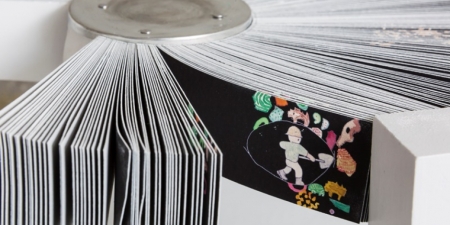
This picture is taken from the art field site, and shows you the contents of one of the twelve flip books shown above. Each flipbook reflected a month and season in the Echigo area, and each flipbook told an animated story about it as you turned them around. Very cool.
Looking out from the building housing the flipbooks
Furthermore, we saw Passing through the umbilical cord, by Asayo Yamamoto,
through which we passed,
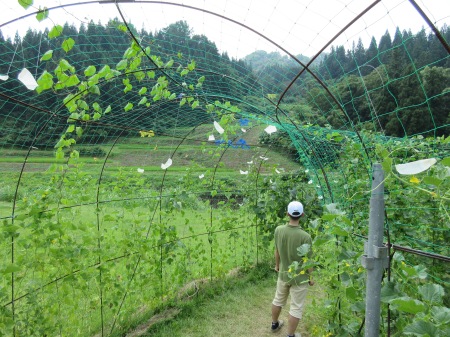
You could pick one piece of fruit/vegetable if it was ripe, leaving a 100 yen donation. You entered the installation from portable steel steps leading up the top underside roof of a kamaboko, and then you clambered down the other side. Okay, Google tells me that kamaboko is Japanese for surimi, or seafood extender, which is
a semi-cylindrical shape, such as the storage sheds. Therefore, I don’t know if the locals call them Kamaboko, or if, as the titles are “Kamaboko-type”, it’s just a useful metaphor. K was saying it was the word for some kind of fish dish, which surimi is. The above is not my photo.
We also viewed Satoyama Field Museum Visitor Centre by Musashino University and Tsohihiro Mizutani Lab,
which had unfolded from when I’d witnessed it earlier in the day. A brief sojourn past the car ikebana written about in the last post, and at long last picking up the official English guidebook for the festival (a tenth the size of the Japanese one), before I realised I did not have my passport with me.
It meant no stamps at Nobutai! Though I’d got some of them previously, and I probably had to get the majority of them in the Nobutai Center, which we didn’t have time to explore within (I much prefer the installations, though the hubs are fun).
I realised I’d left it at the flipbook house, or at least I thought I had. All of these installations were near my accommodation from the night before, Yama no ie. The flipbook house was less than five minutes away from my accommodation, but further from Nobutai.
The night before, K and I had asked a man, bent over and seemingly feeble, yet fixing up vines around the edges of his house, about the flipbook installation. It was after six. Most things were closed. The old man didn’t know, and we resolved to see it the next day. We didn’t know what it was either. We’d just seen a house with one of the art field signs in front of it. But when we spoke to the researcher staying at Yama no ie later, she recommended it.
Okay, the above is not a picture of the old man at all, and it was taken from this article about the festival in 2012. However, it reflects some of the colour of the area, and considering I didn’t take the old man’s picture, this will need to suffice.
The photographs are posted in the order we viewed the installations, apart from the one below (and the scarecrows). When we walked into the area where the flipbooks were, the installation being in an old house surrounded by equally old houses, we saw marrow drying in the sun.
You need to take your shoes off at a lot of the installations, especially the ones housed in old schools and residences. Dream of Land – Twelve Short Stories was no different.
Because I had so much travel, tramping and time planned, I needed shoes with support. This also meant shoelaces, and some difficulty getting into and out of my footwear, despite my many years in Japan. Curse you Plantar fasciitis!
I had strewn my possessions in the top floor of the building housing the installation, as you saw in the photos above, but had asked K to remind me to pick them up, and thought I’d done a pretty good job of reminding myself too.
However, while pulling on our shoes, looking out at those drying marrow strips, a lady as old as the man yesterday had been – I’m guessing late eighties at the youngest – offered to give K and myself some tomatoes and cucumbers. I’d rested my possessions on a shelf while pulling on my shoes. They had made it to the ground/first floor at least!
I was interested in hearing exactly what was going on, so I joined K when I could, and left my passport behind. Not intentionally. The old woman was an unexpected element. The day was hot. Tomatoes and cucumbers were summer fruits, the lady explained (I’m sure she said kudamono, fruit). We should put them in water, when we could. We should eat them soon. We thanked her and placed them in the back of the car.
K rescued my art experience again, pulling into the residential area (a no-no. I would have been fine walking up) – and fortunately the festival was not in full swing. There it was – my way and means and entry into the visual, aural, tactile and other art delights that punctuated the Echigo landscape. Still resting on the shelf. We explained ourselves to the lady who was still pottering about. She shrugged her shoulders, it happens. Then we went on to visit the loin cloths and birds in a shrine. Tori near a Torii.
The entry to A story of birds and Korato, by Maki Kijima. You can see some birds by the top of the steps.
This entry was posted on August 18, 2015 at 12:11 am and is filed under art, photography, travel. You can subscribe via RSS 2.0 feed to this post's comments.
Tags: art, art installations, Asayo Yamamoto, Dream of Land - Twelve Short Stories, Echigo, Echigo Art Field, Echigo Tsumari Art Triennial 2015, Golden Playroom, Kamaboko, Kiryubu, Maki Kijima, Masahiro Hasunuma, Matsudai, Matsudai Satoyama Kiryu-bu, Musashino University and Toshihiro Mizutani Lab, outdoor art installations, Passing through the umbilical cord, photography, photos, Reverse City, Ryo Toyofuku, Satoyama Field Museum Visitor Centre, seishun juhachi kippu travel, Shinji Morino, Story of birds and Korato, travel, travels in japan
You can comment below, or link to this permanent URL from your own site.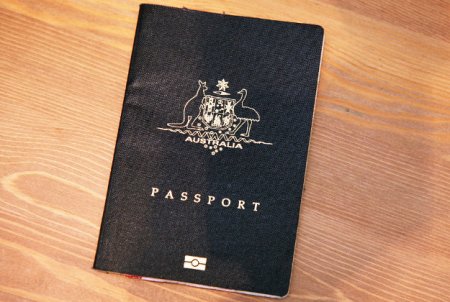
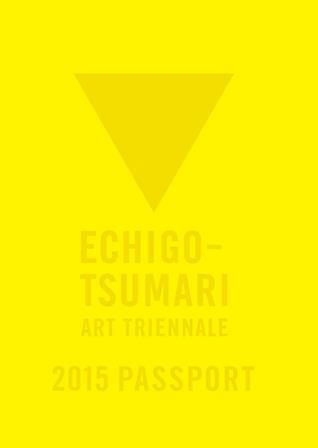
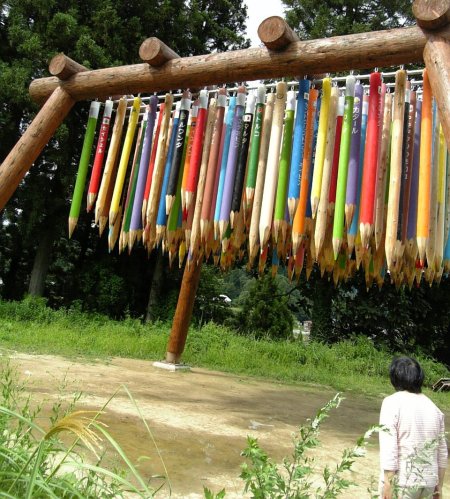
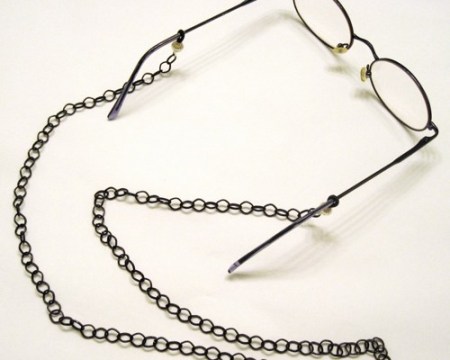
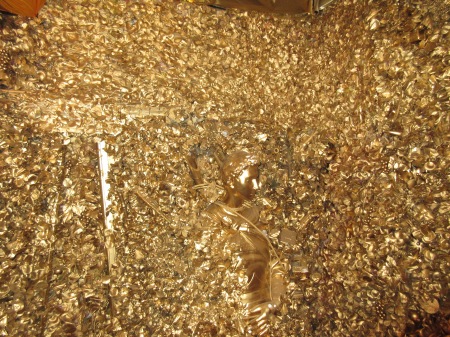
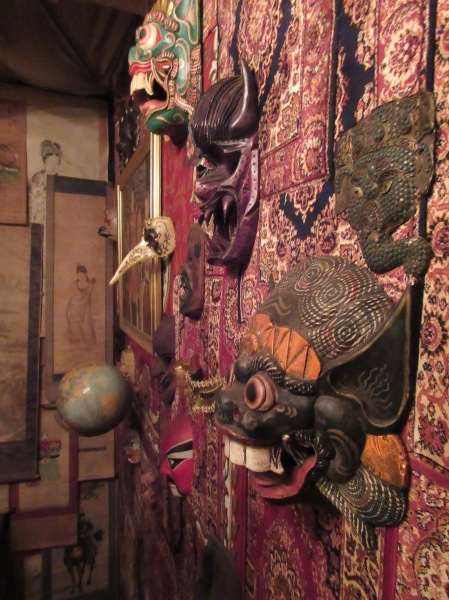
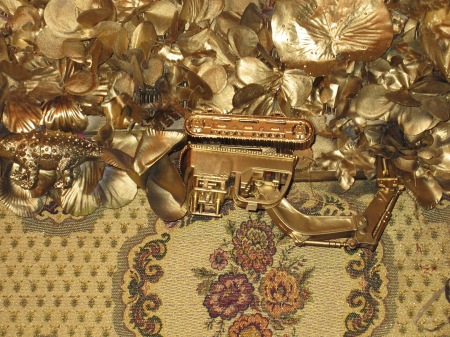
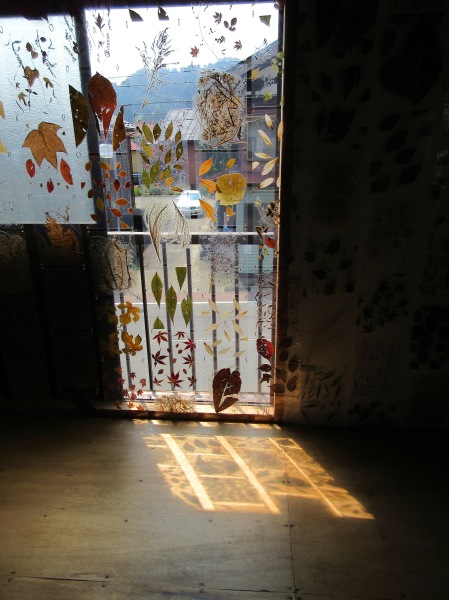
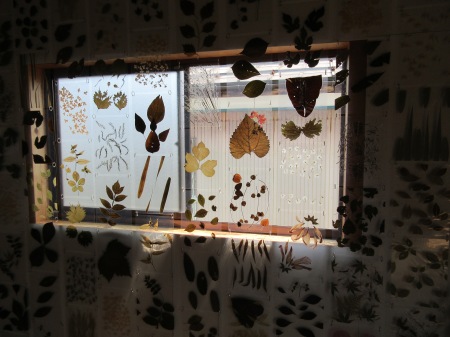
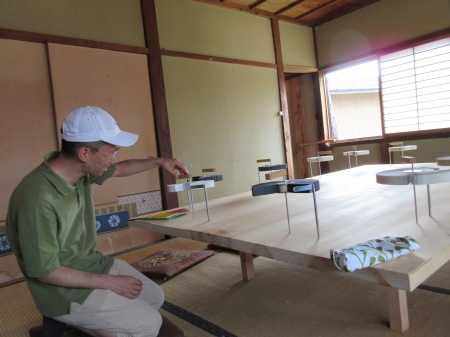
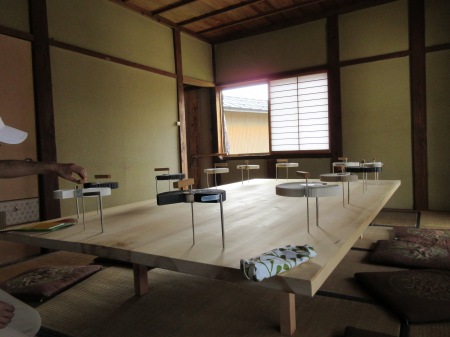
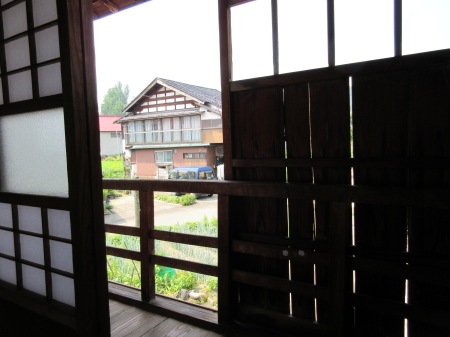
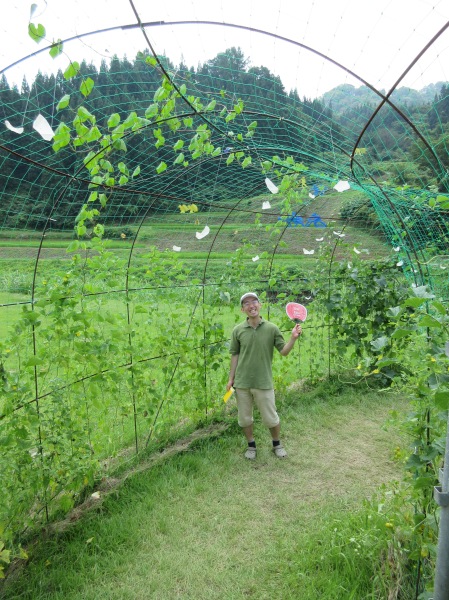
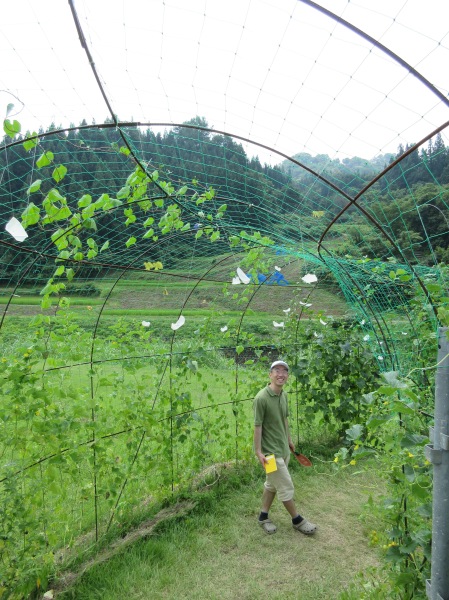
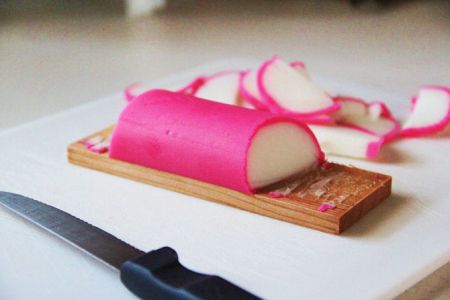
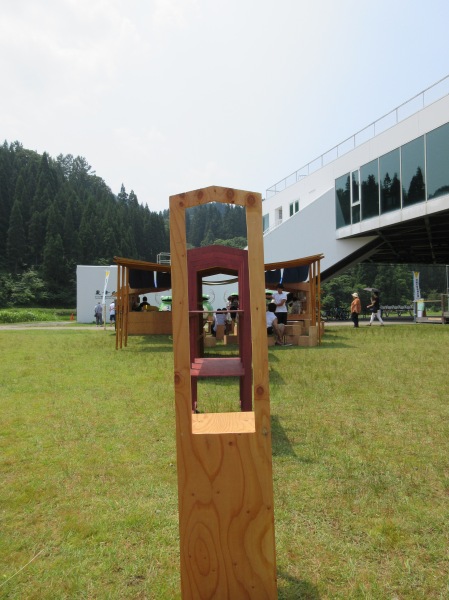
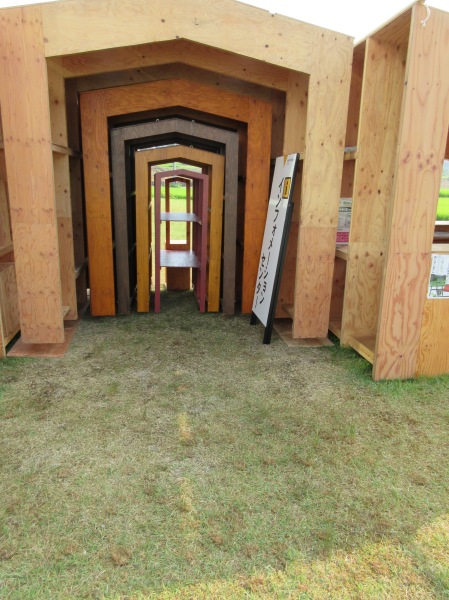
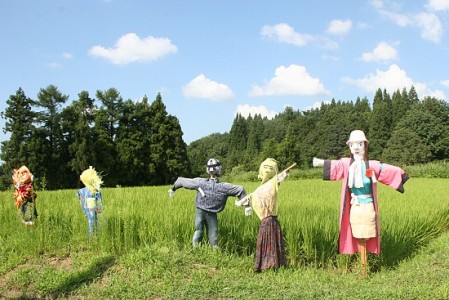
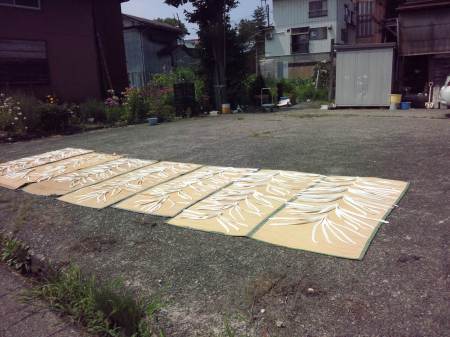
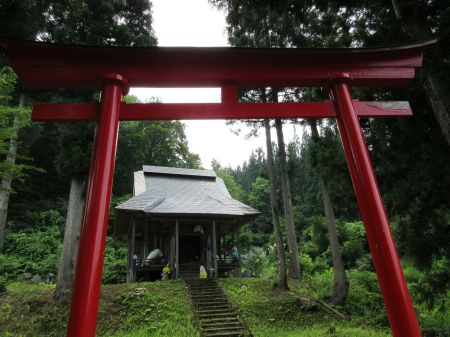
Leave a comment